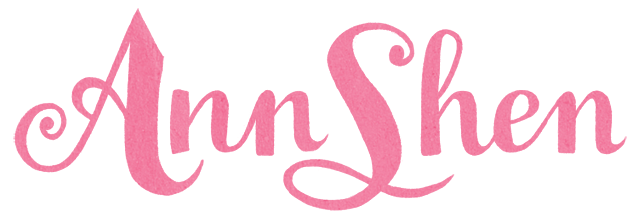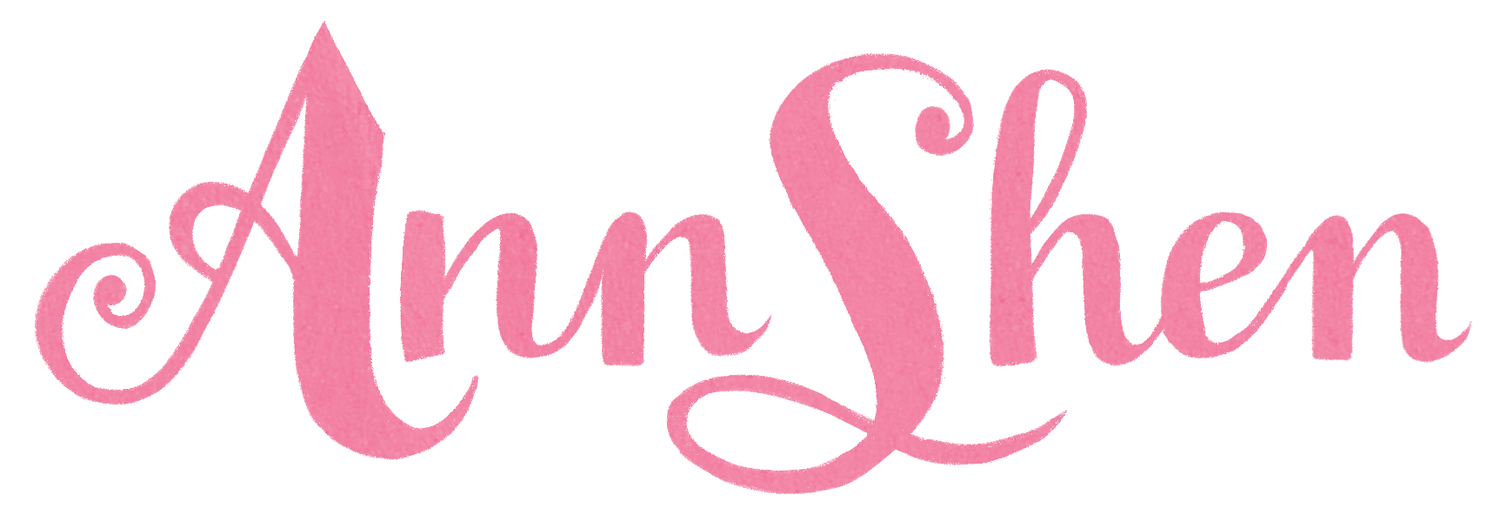Five Common Gouache Mistakes
In this article, I’ll be sharing five common gouache painting mistakes and how you can avoid them. Often, gouache beginners get discouraged since painting with gouache can be a bit of a learning curve when you’re just starting out. But when you learn to combat these common gouache mistakes, it will make your gouache painting process so much easier!
Here are the mistakes we’ll cover in this blog post:
Read on to learn why each of these can make painting with gouache harder, and how you can avoid these common gouache mistakes!
Using gouache straight out of the tube
The number one issue that gouache beginners face is figuring out how to get the right consistency with their gouache. Most of the time, beginners use gouache straight out of the tube. And while this isn’t necessarily a bad thing, you’ll be missing out on the results that make gouache so special. Plus you’ll go through paint way faster which can get expensive!
Gouache is known for its flat matte finish, but when you use gouache straight out of the tube you’re going to get really thick and globby paint strokes. And frankly, it’s just harder to work with!
The key to successfully painting with gouache is to get it to the right consistency. Gouache is a water-based medium meaning that it can be thinned out when water is added to it.
To avoid this common mistake you need to add water to your gouache! The ideal consistency for gouache is a heavy cream consistency. It’s still thick enough to be opaque, but liquid enough to flow smoothly across the page while you’re painting.
Start by adding your water drop by drop. A little goes a long way. I tend to just dip my brush in my water cup and let a drop of water fall into my gouache well. Then I mix it up and continue adding water slowly until it reaches the consistency of heavy cream.
(NOTE: If you’re using a student-grade gouache like HIMI gouache, your paint might already be a heavy cream consistency straight out of the box. Make sure you play around with your particular paint set and learn what the consistency is like!)
I have a whole blog post about gouache paint consistency that goes even more in-depth about how to practice consistency with gouache and reach the perfect heavy cream every time. (Plus you’ll learn about the few instances when you may want more watery gouache or gouache straight from the tube!) Click here to read that post!
Overworking the paint
Gouache is different than mediums like acrylic because it’s water soluble. This means that it can be re-activated even after it’s dry. So if you’re painting on top of a dry layer, there is a possibility that you’ll pick up the paint underneath if you overwork it too much. In this instance, you can see the paint from a different layer starting to get mixed into the lighter layer since I was painting so many different strokes.
The key to avoiding this is to try and use as few strokes as possible when painting on top of an existing layer. This will help ensure that you don’t reactivate the layer beneath and will also give your top layer a smooth, streak-free finish.
Not swatching your paint
Gouache dries slightly darker than it looks when it’s wet. Many gouache beginners will mix up a color that they love, only to find it looks different once it’s dry. I always keep a scrap piece of paper with me when I’m painting so I can swatch my paint and see how it will all look when it’s dry.
Plus, this helps me maintain consistent colors throughout the piece when I’m mixing unique colors. If I ever need to mix up more of a certain color, I can test the new mix against the existing swatch.
Letting gouache get too dry
Gouache dries fairly quickly, and it can be hard to get it back to a workable consistency after it’s dried on your palette. When I’m working on a complicated piece that I know will take me a while, I keep a spray bottle on hand to refresh my palette periodically. This ensures that my gouache stays wet and workable as I’m working on the piece!
If you have a lot of leftover paint after you’re done with your piece, use it to do some sketchbook exercises! That way you don’t have to waste paint or let it dry on your palette, and can use it for practice! My favorite exercise to do with leftover paint is painting these simple marks that help with brush control and paint consistency.
Using too many layers
One of the unique things about painting with gouache is the ability to achieve a flat, matte finish to your artwork. To achieve this without streaks and texture, try and use as few layers as possible when you’re painting. If you need to use multiple layers to get the coverage you need, wait for each layer to dry first.
I hope that this post helped you learn a few new gouache tips! If you want to dive deeper into the world of gouache painting, I have a free guide with everything you need to know to get started with gouache!
And if you’re read for more, join me in one of my Skillshare classes where I teach gouache painting through fun, whimsical, hands-on projects. You can enroll in any of these classes for free with a free month long trial to Skillshare. Use this link to sign up and get your free month!







